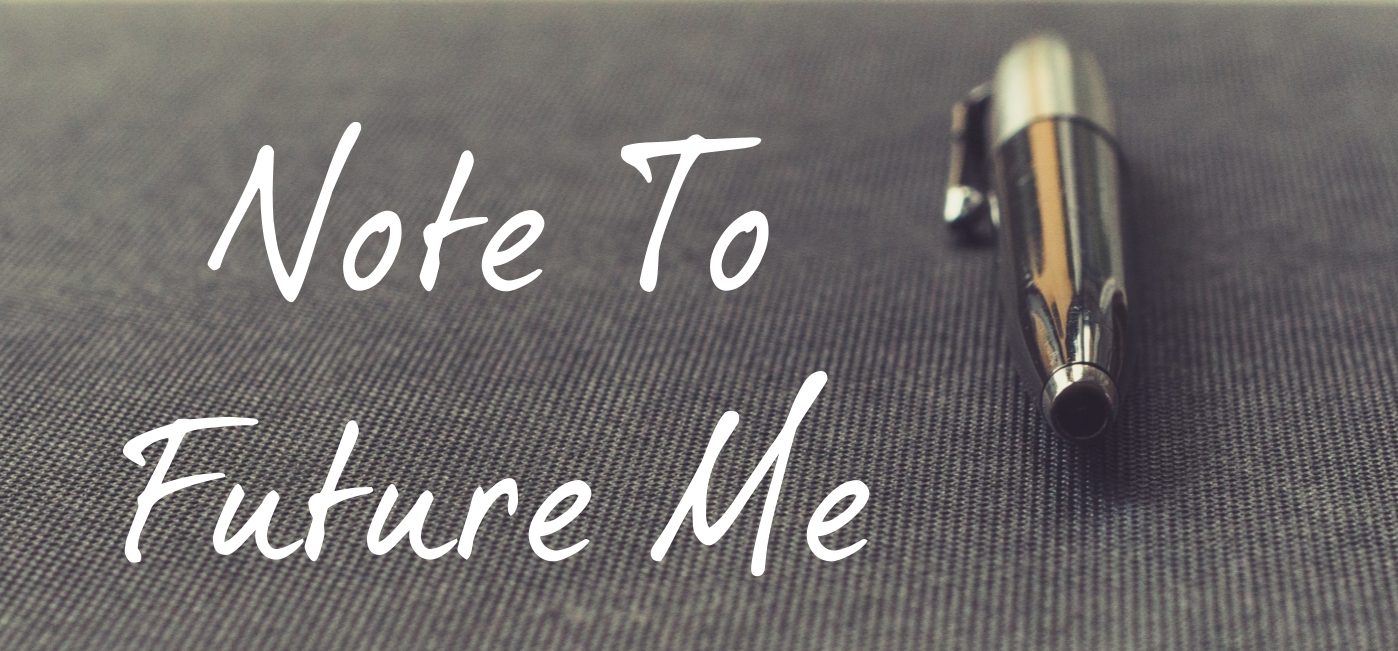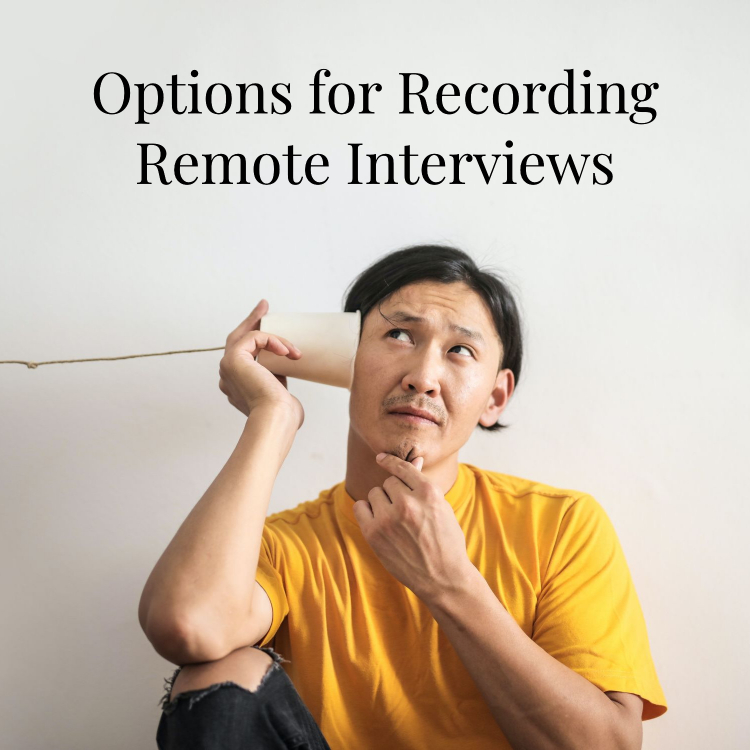Day 30 of my 31 Day Podcast Challenge
Podcasters have a great variety of software to record podcasts and interviews remotely.
The options we have available are probably the best that podcasters have ever seen and experienced.
This is day 30 of my 31 Day Podcast Challenge.
I have put together a list of possible options that usually offer free initial trial periods, or free versions, and premium offerings as well.
Circle270Media Podcast Consultants has not tested all of the alternatives below. We see posts and comments in online communities that are good and critical with each of these.
Though, still be aware, that using these tools aren’t necessarily going to give you high quality audio.
You may still have to do some post-production sound quality editing. These are still better options than the usual go-to web conferencing tools, like Zoom, for podcasting purposes.
Be sure you ask around and test for yourself. Most of them have demo videos to watch.
With each having their own specific uniqueness, kick the tires to see which recording platform will work best for recording remote interviews for your podcast.
- SquadCast – SquadCast allows podcasters to schedule the interview. You can record everyone’s audio in separate .WAV files without drift.
- Clearcast – ClearCast.io was founded out of a frustration that Art of Manliness Podcast host Brett McKay had with his remote interviews via Skype. Oftentimes, he’d experience lag, static, or cut off audio from his guest’s end of the conversation. Chrome and Firefox browsers only at this time.
- Riverside.fm – Record your podcast’s audio AND video locally. Separate audio and video tracks for each guest. Livestream it to YouTube/Facebook/Twitter. Let your listeners call in via video.
- Zencastr– Zencastr works in your browser. All you have to do is send a link to your guests and hit record. Their audio will be recorded on their end before it gets compressed and garbled. It is then automatically streamed to your Dropbox account.
- Cleanfeed.net – Cleanfeed is an online service that uses the Opus audio codec and the Chrome browser to allow for ISDN quality with one or multiple co-hosts and interviews. Cleanfeed can record your sessions and deliver two separate tracks on a single .WAV file.
Additional online options to consider
- Tryca.st – Cast manages a live call between you and your guests, allows you to chat with your guests, mute yourself, and make private notes that only you can see. In the background, Cast streams a high-fidelity audio recording for each participant to the cloud, where they store it for mixing on the Cast Editor or for download on your Account page.
- StreamYard – StreamYard is a live streaming studio in your browser. It allows you to interview guests, share your screen, and much more. You have the option to stream directly to your social media channels.
- UberConference – Podcasters can record an interview call one of two ways: through the web or over the phone. Keep in mind that UberConference only records your conference audio – not your screen share.
- RINGR – Ringr lets you invite a guest (or multiple guests) to a call. Invited users can join the call on their desktop or by downloading a mobile app. When you schedule a call, you and your guests will both get a calendar invite. As soon as they connect to the call, you can start talking to each other.
Recognized “traditionally” software for recording remote interviews
- Zoom – Zoom calls aren’t always perfect, but they are mostly reliable. One challenge is that the audio output for these calls is a .M4a file. The good news is that you can usually convert them to a .mp3 file pretty quickly using almost any DAW.
- Skype – Skype has been one of the most popular options for recording remote podcast interviews for years. It is no longer the only name in town, but there is a reason why so many people still use it. Skype calls record as a .MP4 file.
Maybe one of the best, but most difficult, options
- Double-Enders – A double-ender is a term describing how the host and remote guest record their microphone audio locally. Afterward, the guest sends their local recording to the host who uses that track in the episode production. This short video shows you how it works. Here’s a video that will show you the best podcast setup for in-studio or guests and dedicated co-hosts in two locations.
- RODEcaster Pro – The RODEcaster Pro is worth the investment if you have the option. It makes it very easy to integrate remote interviews of all kinds (like Zencastr). Mobile devices can easily be connected via TRRS cable or Bluetooth, allowing calls to be either recorded and stored for later use or streamed on-the-fly during a podcast. It automatically provides a mix-minus too.
In our opinion, here are the options to look at and consider first for recording remote interviews.
- Local recordings/double enders, and investigate the Rodecaster Pro
- Squadcast
- cleanfeed
- Zencastr
Recorded in Studio C at Channel 511, in the Brewery District, downtown Columbus, OH.
Brett Johnson is the owner and lead consultant at Circle270Media Podcast Consultants. With over 35+ years of experience in Marketing, Content Creation, Audio Production/Recording and Broadcasting, the podcast consultants at Circle270Media strategically bring these strengths together for their business Podcast clients.
Subscribe to my free daily Open The Mic Newsletter at www.circle270media.com
It’s chock full of podcast news you may have missed, as well as social media, sales, and audio production tips, and insights on how to grow your business podcast.
If your business is using podcasting as a marketing or branding tool, I would love to showcase your podcast. Go to www.notetofutureme.com and scroll down to my booking calendar.
Email us at podcasts@circle270media.com to set up time to talk more about your new or established business podcast.
www.circle270media.com
www.notetofutureme.com
Me – Brett Johnson
LinkedIn – bretthjohnson
FB – circle270media
Twitter – circle270media

